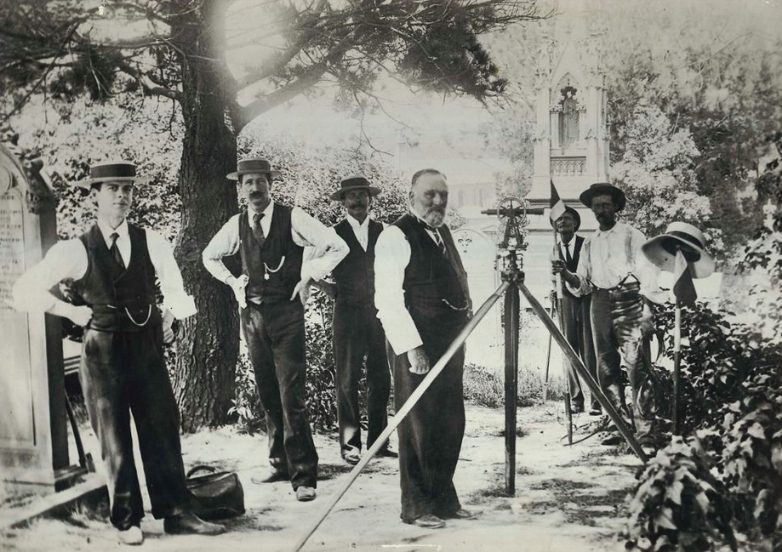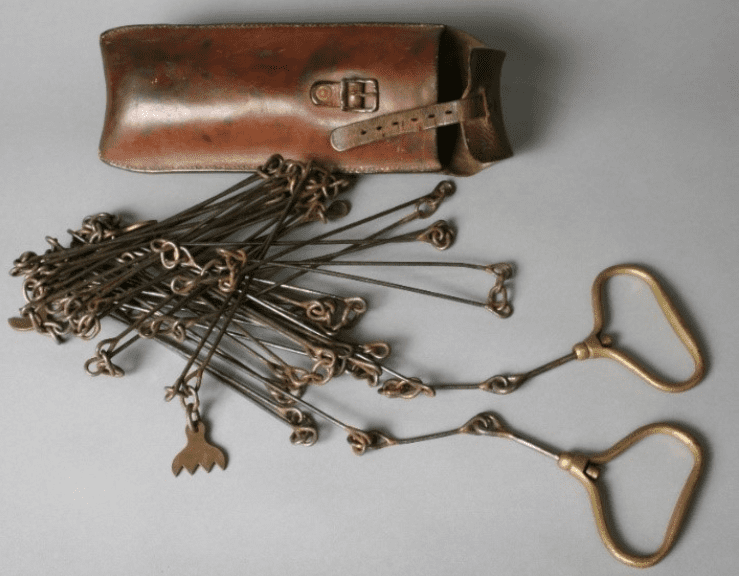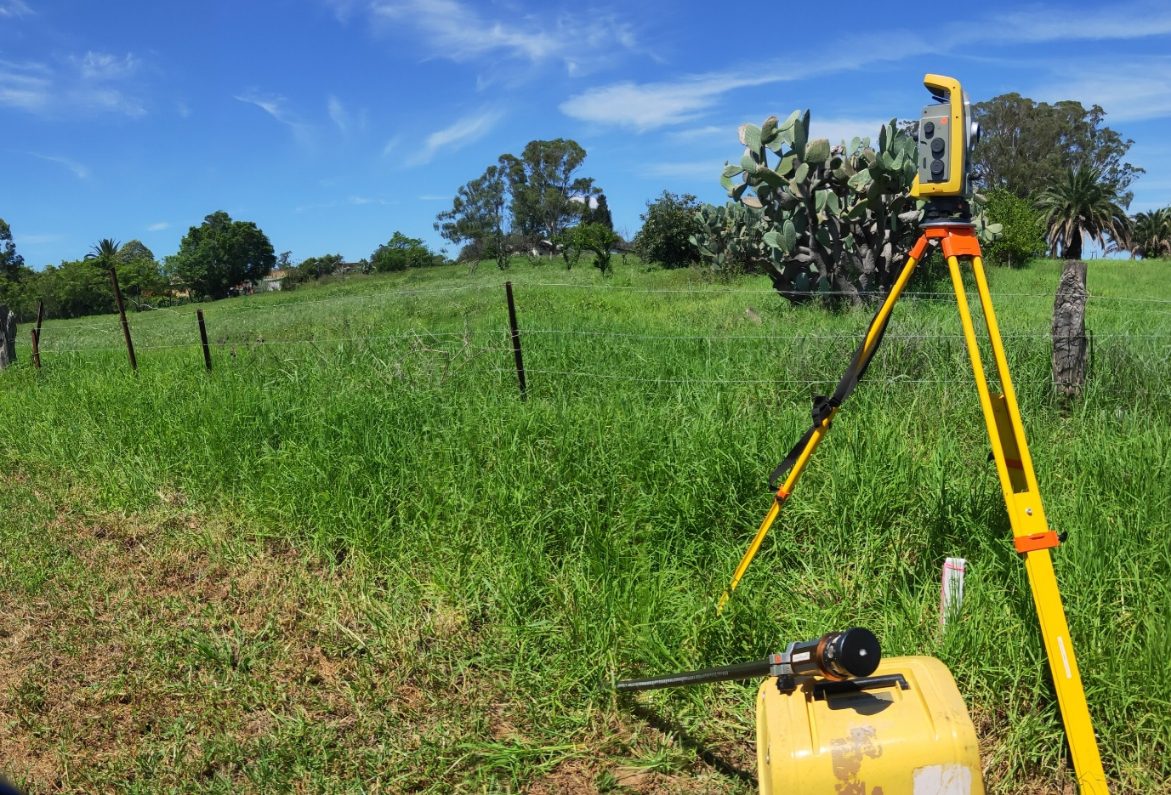Surveying Early Australia

With a rapidly approaching Australia Day, it is fitting perhaps to look back at the interesting and important history of the first surveyors in Australia and how they went about mapping its lands, contributing to shaping Australia into the country we know today.
Surveying was one of the cornerstones of Australia to which the European colonists built on. In fact, the two oldest established public offices in Australia were the Governor of New South Wales and the Office of the Surveyor-General. The first holder of the Surveyor-General post, Augustus Alt (1731-1815), was appointed ‘Surveyor of Lands’ before the departure of the First Fleet in April 1787 and renamed to the now established “Surveyor-General of New South Wales” a month later. Alt’s first recorded duty was to accompany Governor Phillip in November 1788 to establish settlement at the head of the Parramatta River.
Moving forward, the role of surveying in colonial Australia was one of documenting the ever-shifting frontier of land unexplored by Europeans and determining and recording the boundaries of land grants and sales. Surveyors relied on simple equipment which at times challenged the precision of those measurements and often, would spend weeks and months camping and hauling that equipment across an unforgiving and difficult Australian outback. Colonial Surveying was not an occupation for the cautious, requiring competency, nerve, and considerable endurance. Surveyors began to map more and more land that would eventually become landmarks, towns, and cities. They were progressively more called upon to define or sometimes redefine boundaries dividing colonies that would eventually become the states we know today.
Although advancements of new technology mean surveyors can now take measurements and report data with increased speed and accuracy, the underlying principles of measurement and mapping that were used to define Australia remain the same today. For a discipline that has underpin such a significant portion of Australia’s history and remains a critical role in any construction and development today, the role of a modern surveyor and the industry is not well known by the general public.

(old surveying chain)

(Surveying team 1869 Darwin)

(modern equipment image)
